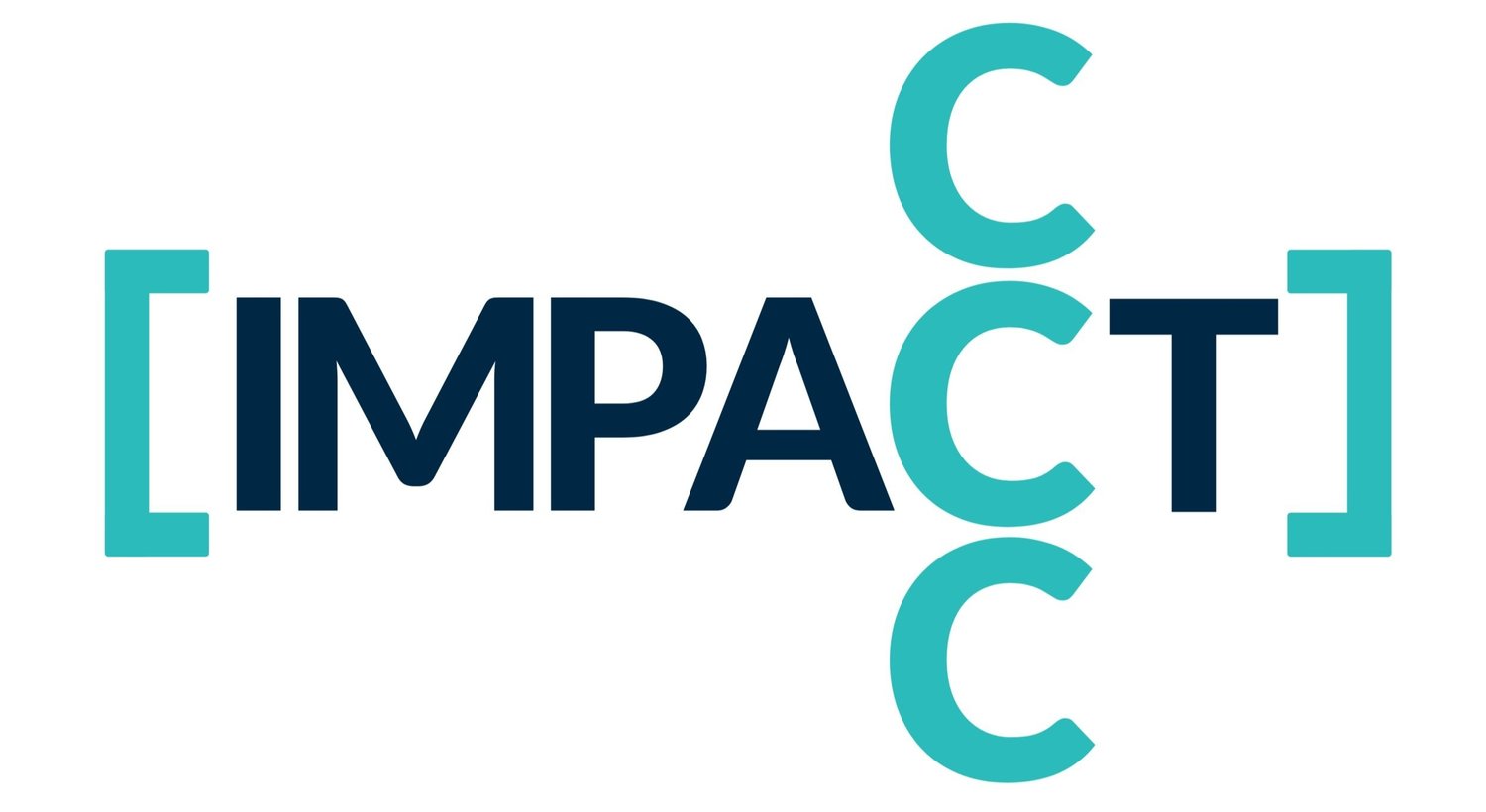Planning Your Career Pivot: Design Your New Career
Often in life, we drift into a place or a career because of either the weight of other's influence on our decisions or uncontrolled situations that force us to.
We wrote about this topic here if you want an in-depth read about drifting vs designing your career.
When we start working with clients who are going through a career pivot, the first thing we do is to provide excercises to get them clarity. It's necessary to be clear on what your strengths are, what you are interested in and what it's like to be in that career, as these will be the foundation of designing your new career.
If you need help getting clarity, don't hesitate to seek professional help as the benefits outlast the expected results.
We listed a guide you can follow as the next steps to help you determine what career path you should take:
1. Get specific
From everything you already know now, chances are, a few professions match up to your skills, strengths and to what you are truly passionate about. Now you need to narrow down that list and start to make a more specific description of your ideal career.
What is an exact role that does the tasks and activities that you listed? Which industry do these and your interests fit the most? What kind of products or services would you be working on?
The likelihood of getting all the specifics right in one role may not be high, but it is possible. I have had clients come to me with much delight sharing that they were able to negotiate the scope of work during the application process and landing the job. A match made in heaven!
It also gives you a picture of what is rewarding and satisfying for you, so you can work towards achieving this. It will also help if you to learn how to communicate your value and contribution well to get that role.
2. Trace the steps backward
Now that you know the end goal, it's time to plan out how you will get there.
It could be that your end career goal is to be a well-known tech leader. If you're starting anew, you won't land it right away. It could be the same as if you want to end as a manager or a director. What you can do is trace the steps backward and think of the experience you will need to get to your goal.
You could need to fill a few roles before you get there, or need an x amount of credentials, or be highly skilled in a few more areas. There could be multiple paths to take, so list them all down, and choose the one that will yield the best results and one that appeals to you the most.
3. Align with your values
A career isn't simply about the job, but also what entails with it. If your chosen career compromises what you value most, then you can reassess.
Does your chosen career require a lot of travel, but you don't want to be away from your family for long periods? Does your company of choice not value the same things you do?
One of the keys to a lasting career is sustainability. Sure, some sacrifices can be made for long-term gains, but remember that there needs to be a balance between the path you take and the one that will be most rewarding for you and not daunting
You have to love the process of getting to the career you want and the one you are currently in, not just the end goal, for it to be truly sustainable.
A career pivot is a remarkable stage in one's life and when done right, leads to not just a successful job but most importantly, to a life worth leading with purpose and impact. If you are interested in making a career pivot, send us a message and we'll get in touch. We can't wait for your own transformation story!



